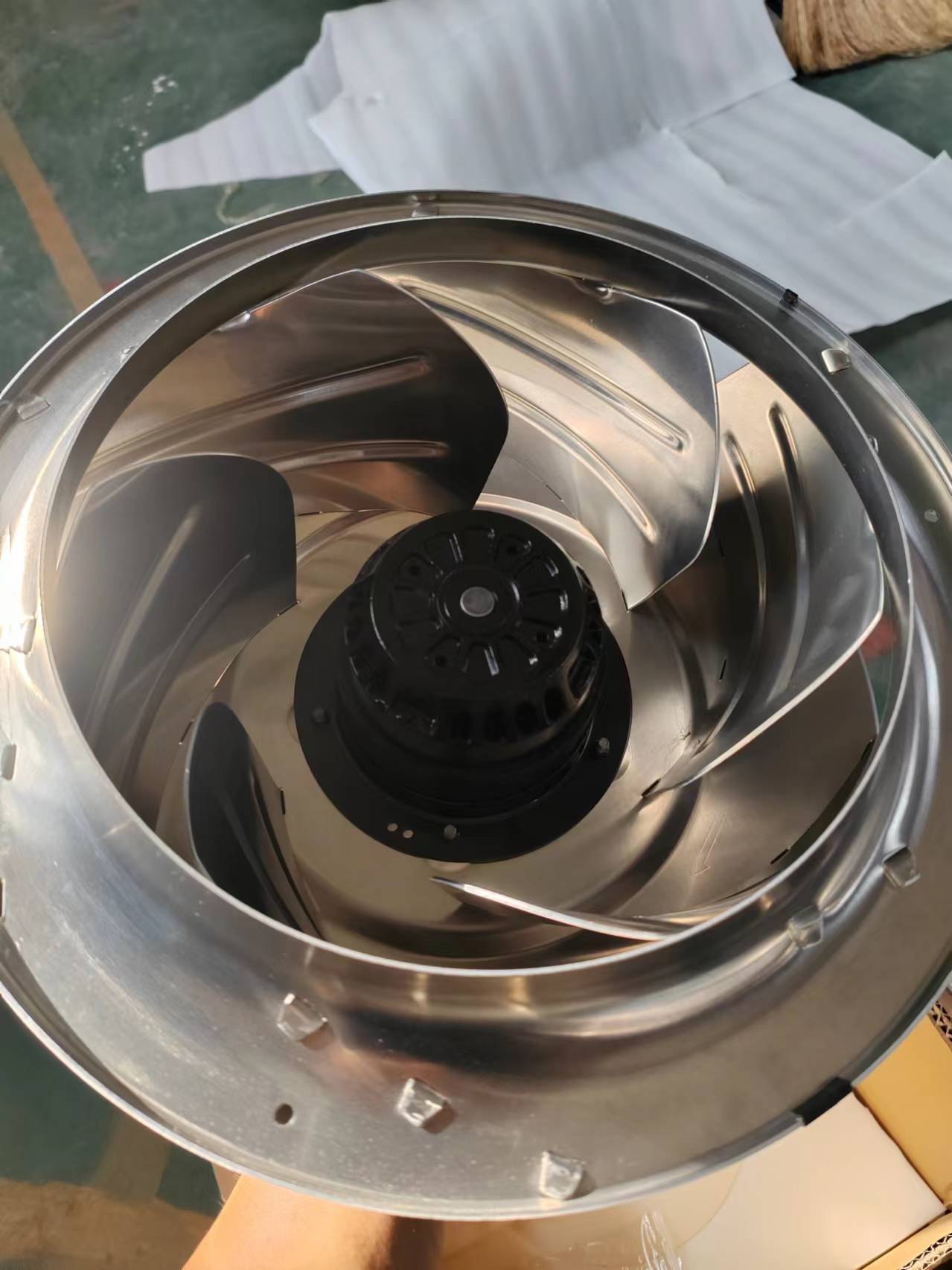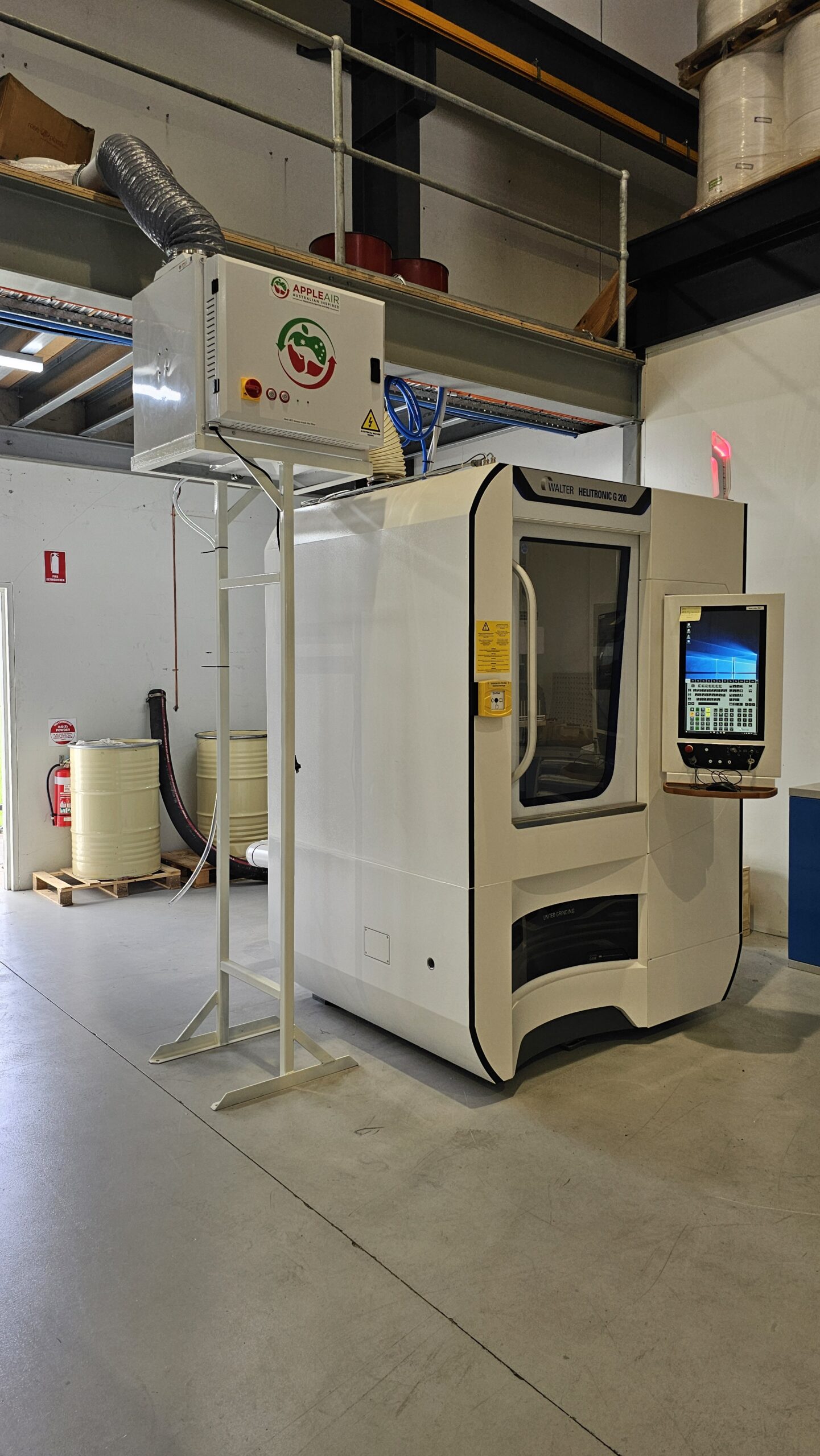Description
Oil mist can effects the health of machine operators, disrupts production and it settles everywhere in your workshop[ and production area, resulting in unsafe slippery floors and work surfaces. Almost all machining operations create oil mist to some extent. Oil mist is the aerosol that is formed when oil is used for cooling or lubricating during the machining of metal and some plastic components. Oil smoke is formed when oil contacts the hot machined surface, vaporizes, and condenses as sub-micron particles.
It is well known that prolonged and repeated exposure to oil products can be harmful to health, which means that good ventilation must be ensured under all working conditions. Oil emulsions normally contain 90-95% water and the remaining is soluble oil. The oil mist consists of aerosols from oil or oil/water emulsion. Mineral oil-based metalworking fluids are known as neat cutting oils or straight oils. Emulsions normally contain a number of undisclosed additives. In some cases carcinogenic.
Our filters don’t absorb or get clogged by the oil. Instead, thanks to our ESP E-Stat technology you simply wash the e-stat filter, not replace it, saving you a ton of money in replacement filter costs. The air is thoroughly cleaned and the coolant can be retrieved and reused.
How it works.
Our filter is designed to remove oil from the air. The oil is collected at the bottom of the machine and the air is expelled top the top. The Filter uses our electrostatic principle to collect the particles in the oil flue gas so filters only ever need washing, not replacing making it very economical to operate. The Filter uses an advanced new concept of composite filter grid and high voltage electrostatic design for maximum efficiency. The power control system ensures the stability, low energy consumption, safety and reliability of the oil fume purification equipment. This machine is sold around the world in many countries. The oil mist is sucked into the electrostatic oil mist purifier by the fan, of which some large oil droplets and oil particles are trapped on the flow equaling plate due to mechanical collision and obstruction. When the air flow into the high voltage electrostatic field, under the action of the high voltage electric field, the oil mist gas is ionized, the oil mist is charged, and most of it can be degraded and carbonized. A small number of tiny oil particles are collected on the plate under the action of electric field force and air flow to the positive and negative plate of the electric field, and flow down to the oil collecting pan under the action of their own gravity, and discharged through the oil discharge channel. The remaining micron oil mist is degraded into carbon dioxide and water by the electric field, and finally discharged into clean air.





















